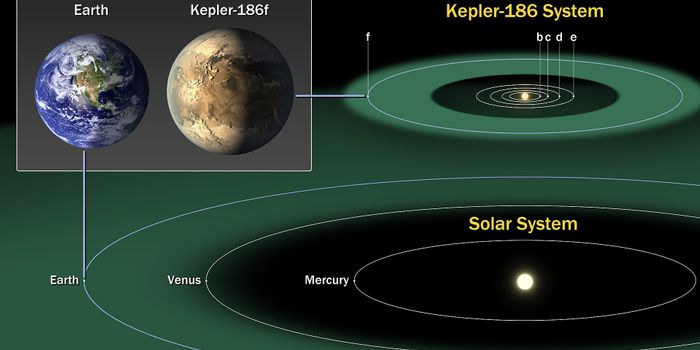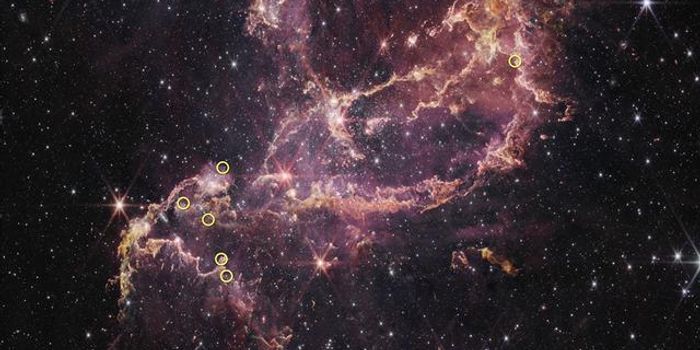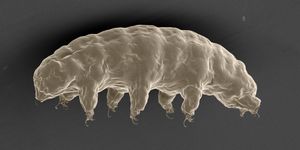A Collaborative Effort to Find Earth-like Exoplanets Around Barnard's Star
Astronomers are on the lookout for terrestrial Earth-like exoplanets in other star systems that could potentially support life. While we’ve found many already, several of them are too far away to study.
Image Credit: PHL @ UPR Arecibo (phl.upr.edu), ESA/Hubble, NASA
A program called the Red Dots project is focusing on nearby red dwarf star systems, such as Proxima Centauri in the Alpha Centauri triple-star system, Barnard’s star, and Ross 154. Although Proxima Centauri is the closest at just 4.2 light years away, Barnard’s star is also relatively close to us just six light years away.
Joining the Red Dots project in the search for terrestrial Earth-like exoplanets are both the National Science Foundation’s Arecibo Observatory and the Planetary Habitability Laboratory (PHL) of the University of Puerto Rico, also located in Arecibo.
Related: Can we use solar sails to send probes to the Centauri systems?
This collaboration will enable astronomers to observe Barnard’s star with both optical and radio observation techniques simultaneously across several observatories around the world, which increases our chances of spotting something useful.
Barnard’s star is the second-furthest red dwarf star system from the Sun after Proxima Centauri, and it might foster terrestrial Earth-like exoplanets. Although none have been discovered there yet, astronomers are hoping to change this with new observations.
The Arecibo Observatory is a radio telescope, and with it, we can hone in on radio signatures emitted by neighboring star systems. Astronomers can study these signatures to determine whether any terrestrial Earth-like exoplanets (or other objects of interest) orbit the host star.
Related: Researchers say this exoplanet is hotter than most stars
Barnard’s star was observed by the Arecibo Observatory previously, but not in the radio frequencies that are about to be used. The 4 and 5 GHz frequencies should be sensitive enough to pick up even the slightest of peculiarities with the Barnard’s star system.
Since the observations haven’t started yet, there’s no telling what we might find. You can follow the Red Dots project web page to stay updated as the observations take place this Sunday. According to PHL, the results will be published throughout the following week.









